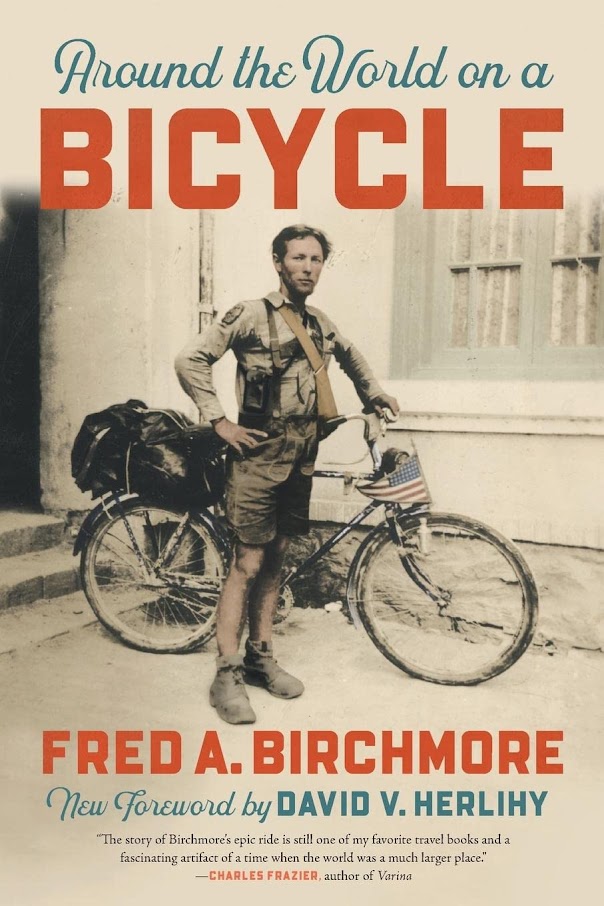There is a wonderful art blog I enjoy reading called Art of the Genre. I have no idea who the author of the blog is, but he is well connected to the RPG scene and artists there-in. He also publishes RPG and fantasy art collections under The Folio. Quite a few years back, perahps a decade ago, I read a statement from the author to the effect that painters are at their prime in the early years of middle age, let's say late twenties through the thirties. After that they generally do not improve on their craft or vision, and may even begin to have a decline in their powers.
The Folio #18, this cover is taken from an old pulp novel.
The statement left an impression on me. As a general statement, Americans as creators and artists seem to be their most creative through their thirties, but are especially potent in their late teens to early twenties. I won't say this for the entirety of the United States' history, but certainly from World War Two onwards, as our culture has become ever more youth focused.
Think about it. Who are our great artists over the last 75 years - music, literature, film, visual art? Music is easy because at least pop music has such a youth focus. But leave pop music aside. Hank Williams and Miles Davis dominated their respective genres of American music starting in their early 20s. Classical music is a far more complicated genre, but famous American composers Aaron Copeland and Philip Glass were both hitting their stride around age 35. But we can go well back in time. The "father of American music", Stephen Foster, was born in 1826. He wrote most of his most famous songs at the age of 24 - Camp Town Races, My Old Kentucky Home, etc. With film, look at Stephen Speilberg. He was making near full length films as a teenager. He directed Jaws at age 30. Orson Welles was directing Broadway theatre at the age of 21, did his infamous radio broadcast of The War of the Worlds at age 23, and co-wrote, produced, directed, and starred in Citizen Kane at the age of 26! For the visual arts, Andy Warhol was making a splash in New York city by the age of 26.

So far these examples have been completely male focused. Staying with the visual arts, but going feminine, we have the long-lived painter Georgia O'Keeffe, who was embracing her style by 1915 at the age of 28. The real direction I want to take these thoughts is to fantasy pulp art. One of the early leaders was Margaret Brundage who did well known covers for Weird Tales Magazine, and was in fact the most used cover artist for the pulp mag in the 1930s. She started painting for Weird Tales at age 30.
Three covers from Margaret Brundage. They are certainly pre-Frazetta in style but also show an early obsession withthe sensual female form, even by a female artist.
Now let's turn to the god of pulp painting, Frank Frazetta. He was already changing comic book art in his late teens with far more dynamic figures and muscleture. At age 35 he had moved on from comics and pulps and started his famous paintings for the Tarzan book covers. I'm no art expert, but to my eye Frazetta's painting style continued to evolve, peaking in the 1970s, or perhaps 1980s with his Death Dealer series, though the general style and composition of these works were not so different from his first Conan the Barbarian painting done in 1966 at age 38.
Early Frazetta pulp cover
Frazetta's Tarzan the Invincible, 1963, doing movement with the human figure rarely seen before.
Is there any doubt - Frazetta's Conan the Barbarian, 1966
Desperation, painted in 1971
The Sacrifice, painted in 1980
Cat Gril II, painted in 1990
Moving backward once more, the painter N.C. Wyeth of the Brandywine School and perhaps the greatest "fantasy" artist prior to the Frazetta revolution, was doing pulp covers in his teens, and then some of his most famous western genre paitings in his early 20s, and did his enduring illustrations for Treasure Island around age 28 or 29.
1909 pulp cover by N.C,. Wyeth, around age 27
N.C. Wyeth's Tarzan
N.C. Wyeth's take on Jim and Long John Silver
N.C. Wyeth's The Passing of Robin Hood, beautifully done around 1917, about age 35
Here I want to emphasize the point that human creativity rests mainly with the young. I didn't stumble on this maxim until I was in my 40s and feeling depleted mentally and physically, creativity largely spent. The real creative juices seem to begin flowing after we've transitioned through puberty and are ready and randy for procreation. Need more proof? Italian renaissance painters - Michael Angelo was 33 when he started painting the Sistine Chapel. Da Vinci was 30 wpphen he completed his first major painting, and painted the Last Supper of Christ at age 40. Raphael started painting chapels for popes in Rome at the age of 28, dying at age 37. Looking north to the Low Countries, Rembrandt was 36 when he painted The Night Watch. Vermeer was 33 when he painted Girl with a Pearl Earring. All of these artists were painting as youth and doing fairly amazing stuff as teens.
I conclude that young passion and young love, and a mind (or brain) just crossing the threshold of maturity are the keys that open the flood gates of creativity. Oh to be young!


.jpg)













































